
In today’s digital world, where business communication often happens through emails, social media, and virtual meetings, it is easy to overlook the traditional stack of business cards. However, don’t be quick to dismiss the power of this small but mighty marketing tool. A stack of business cards can still play a crucial role in establishing and nurturing professional relationships. In this article, we will explore why the humble stack of business cards remains relevant and effective, even in the age of technology.
The First Impression: Making it Count
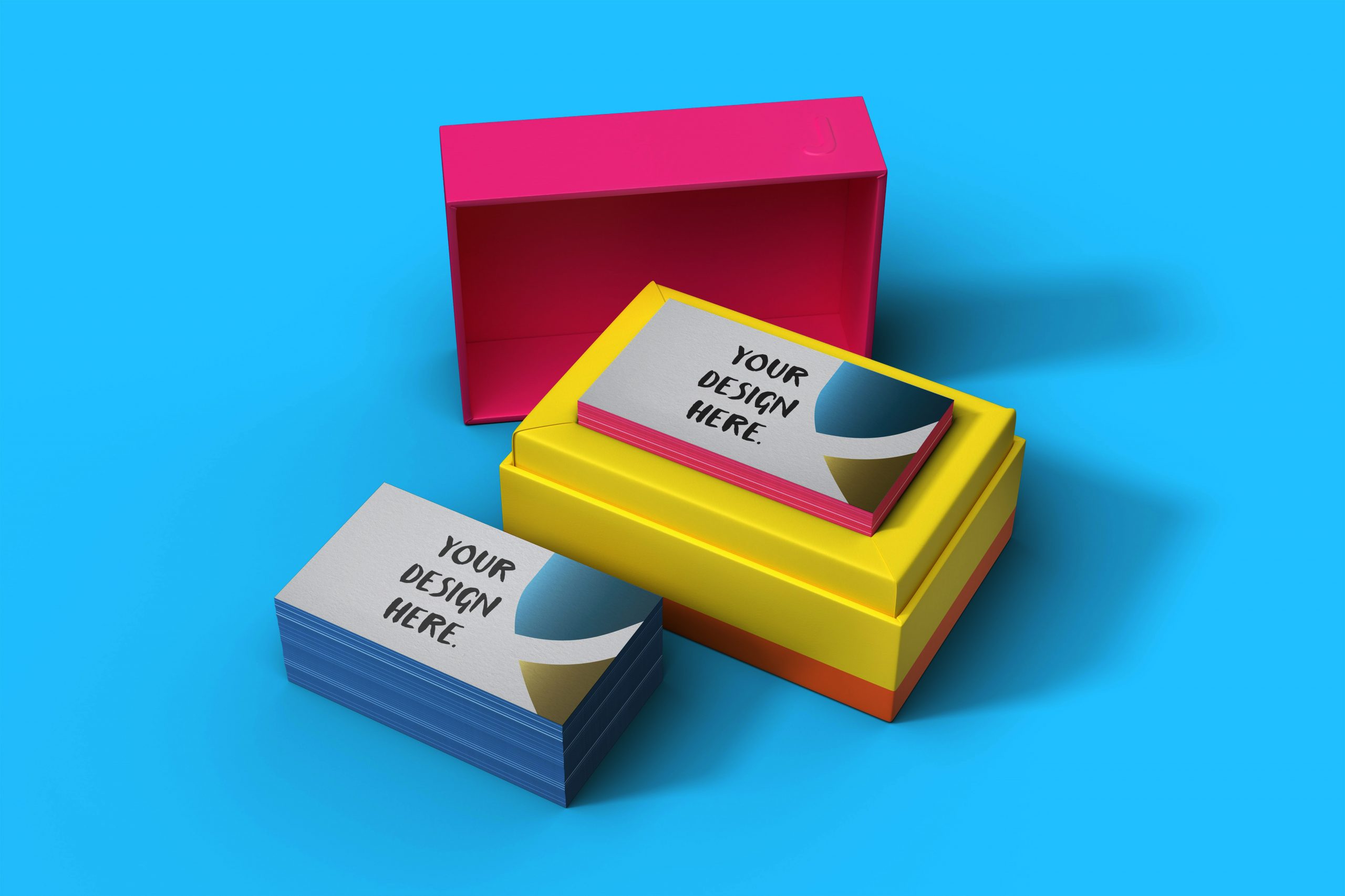
Handing over a business card creates a physical connection between two individuals in a way that email or digital contact cannot replicate. When you meet someone at a business event or networking function, exchanging business cards offers a tangible reminder of the encounter. The recipient holds a physical representation of your brand, making it easier for them to recall the conversation and the connection made.
Additionally, there is a certain level of professionalism associated with exchanging business cards. It signifies that you are prepared, serious about your work, and willing to invest in building relationships. When you present a well-designed card and accept another person’s card graciously, you leave a positive and lasting impression.
The Power of Tangibility
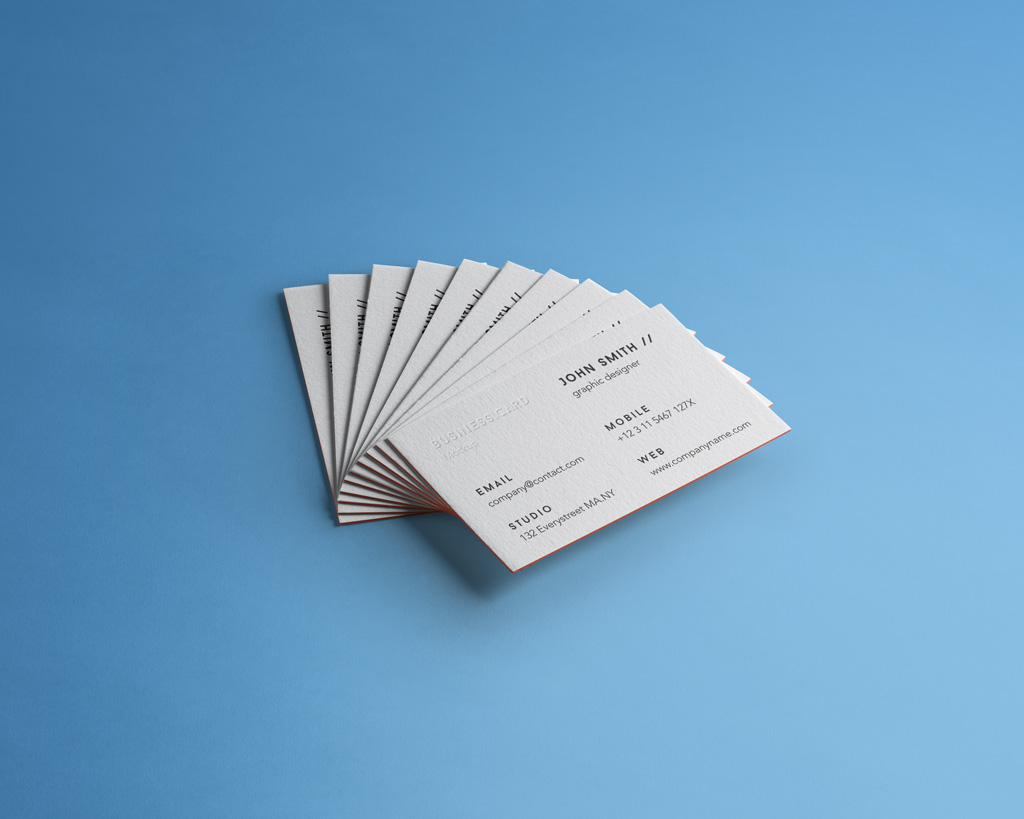
While digital contacts can be easily forgotten or lost within an overflowing inbox, a physical stack of business cards serves as a tangible reminder. When stacked neatly on a desk or placed in a business card holder, they are easily accessible and act as a visual cue for follow-up actions.
Having a stack of business cards also allows you to extend your reach beyond the event itself. When you have multiple cards in hand, you can share them with colleagues, friends, or potential clients who may benefit from your services. By doing so, you expand your network and increase the chances of generating new leads or collaborations.
Design Matters: Your Card, Your Brand
The design of your business card can make a significant impact on how it is perceived and remembered. While creativity and uniqueness are important, it is crucial to strike a balance between standing out and maintaining professionalism.
Consider incorporating your brand’s colors, logo, and fonts to ensure consistency across all marketing materials. The card should reflect your industry and target audience while being visually appealing. Investing in high-quality card stock and printing materials is essential to create a lasting impression.
The Information Highway: What to Include
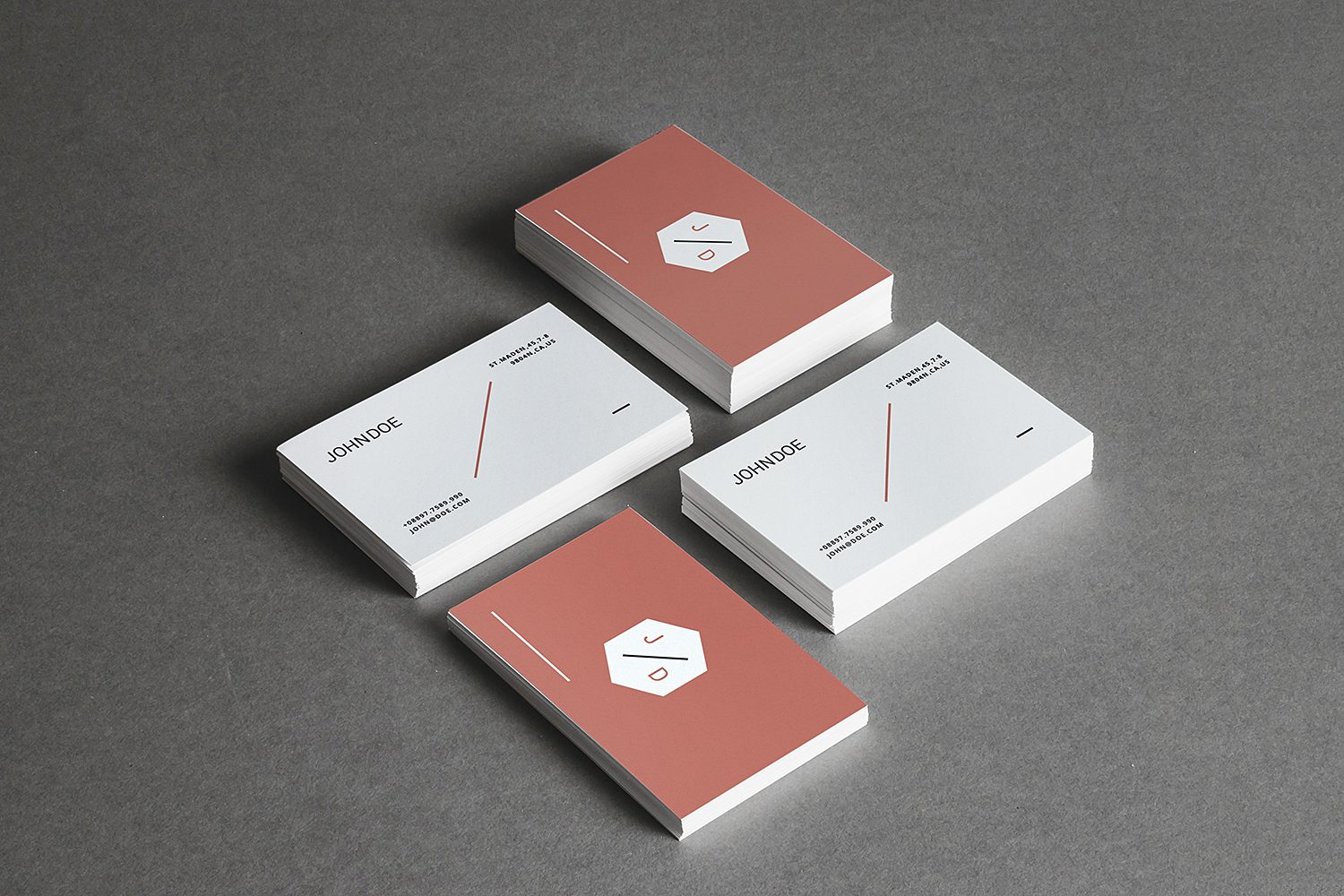
Your business card should provide essential information about yourself and your company. Here are some key elements to consider including:
1. Your Name and Title: Clearly state your name and title to establish credibility and explain your role within the company.
2. Company Name and Logo: Display your company’s name and logo prominently to reinforce brand recognition.
3. Contact Information: Include your phone number, email address, and website URL, ensuring that potential contacts can easily reach out to you.
4. Social Media Handles: If relevant, include links or handles to your social media profiles, showcasing your online presence.
5. Short Bio or Tagline: Consider adding a brief bio or tagline that highlights your expertise or the unique value you bring to the table.
Remember, the goal is to provide enough information to spark interest and facilitate further connections, not overwhelm the recipient with excessive details.
Beyond the First Meeting: Staying Connected
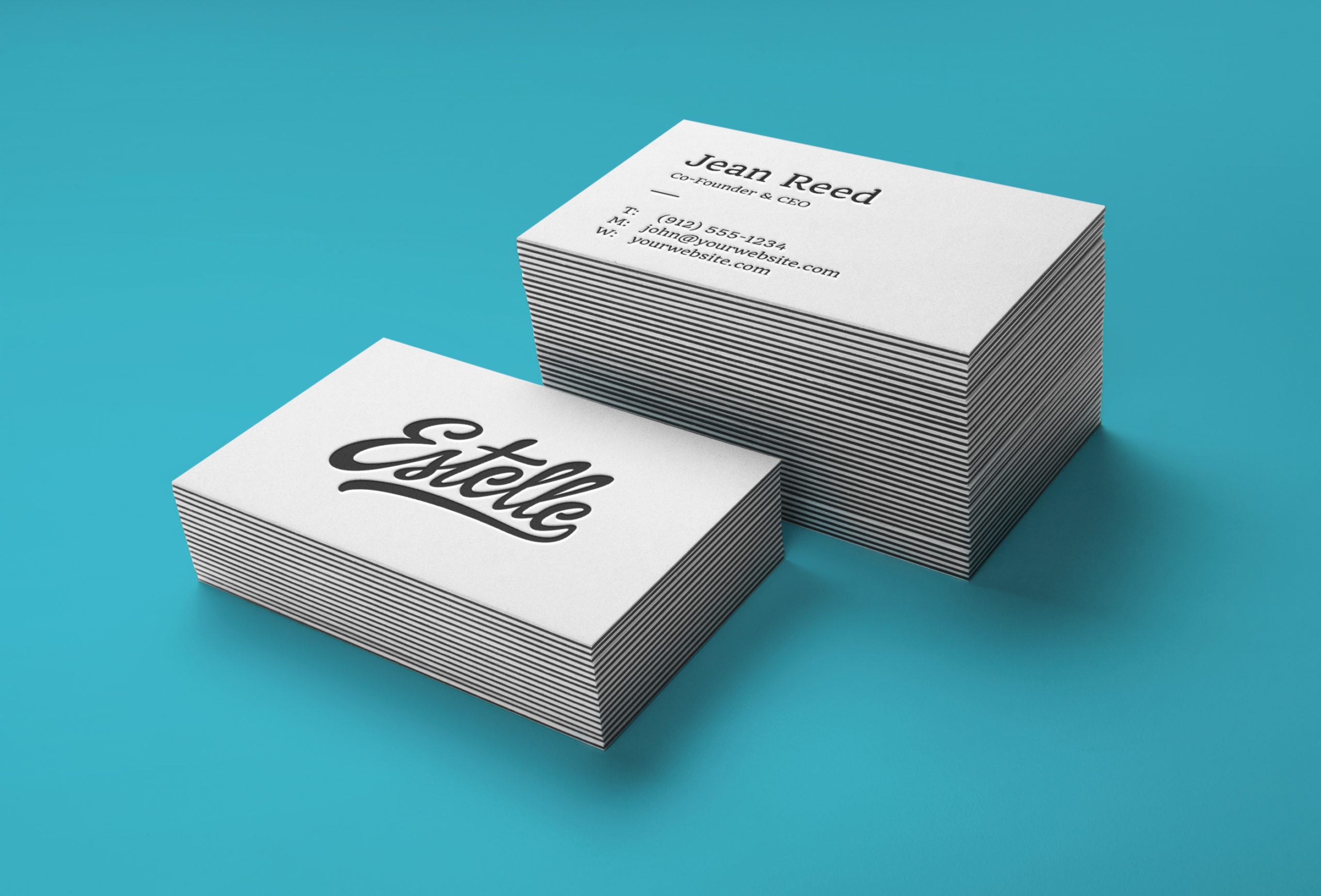
Once you have exchanged business cards, it is vital to follow up promptly to maintain the connection. Within a few days, reach out to the people you met to express your interest in continuing the conversation. This can be done through email, LinkedIn, or a handwritten note if appropriate. By referencing the event or conversation you had, you will jog their memory and solidify the connection.
Additionally, consider including your business card in any physical or electronic correspondence. Including a business card with invoices, letters, or thank-you notes adds a personal touch and keeps your contact information readily available. It also reinforces your professionalism and attention to detail.
Adapting to the Digital Age
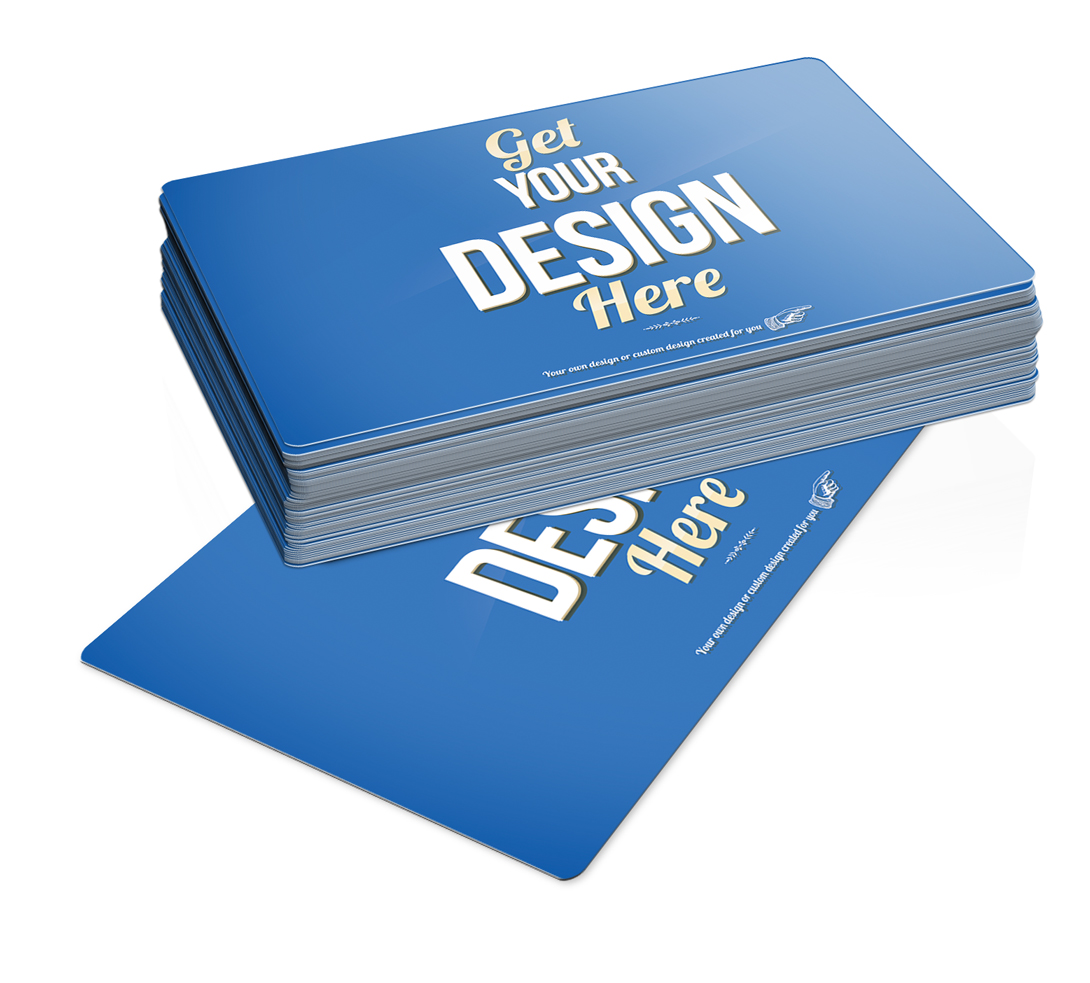
As technology advances, some may argue that business cards are becoming outdated. While it is true that digital alternatives exist, such as electronic business cards or mobile apps, the stack of business cards retains its value by offering a physical presence. That said, it is crucial to adapt and integrate digital platforms into your networking efforts.
For example, you can leverage QR codes on your business cards, linking them directly to your website or LinkedIn profile. This allows recipients to scan the code using their smartphones, instantly accessing your information without the need to manually enter the details. By integrating technology, you bridge the gap between traditional networking and the convenience of digital connections.
Conclusion
In conclusion, never underestimate the power of a stack of business cards. While digital communication has undeniably revolutionized the way we connect, the physical exchange of business cards remains a valuable networking tool. By creating a memorable first impression, leaving something tangible behind, and allowing for continued connections, business cards can effectively supplement and enhance your digital presence. Don’t be afraid to invest time and effort into designing a unique and visually appealing card â_x0080__x0093_ it may just be the catalyst for your next professional opportunity. So next time you attend a business event or networking function, remember to bring along your stack of business cards, ready to unlock new possibilities.
Olivia Reynolds, a marketing maven, is passionate about the impact of graphic design on brand success. Her love for outdoor adventures and travel fuels her fresh perspective on the importance of visual aesthetics in business cards and branding.